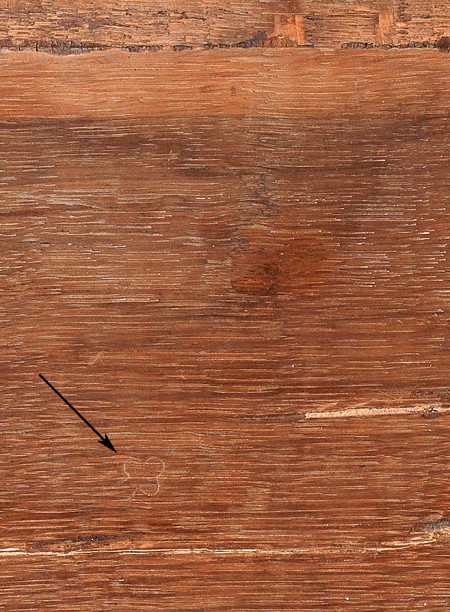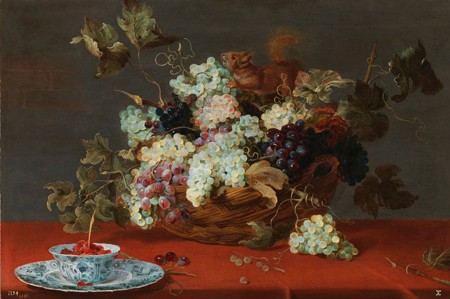The study of materials and techniques in art is a discipline of increasing interest to art history and conservation. Researchers have gradually adapted techniques of analysis and examination developed in other scientific fields to the study of works of art, optimizing protocols and working methods to deal with unique and exceptionally valuable artifacts. One of the many fields in which scientific analysis has proved very useful is the study of supports, whether wood, canvas, paper, metal, stone, ceramic, or any of the other materials used by artists throughout the centuries. Identification of the material used and its origin assists us in associating a work with the historical and geographical environment where it may have originated. The Flemish paintings collection of the Museo del Prado includes a large number of paintings on wooden supports, several of which are panels by Flemish painters active in Antwerp in the first half of the seventeenth century. Wood was one of the preferred materials in this school for the construction of painting supports, which were manufactured according to a rigorous procedure by professional specialists.
Antwerp panel makers were members of the Guild of Saint Luke, as were other professionals whose work related to the production of art. Guild regulations were quite explicit regarding panel manufacture, establishing mandatory practices in an attempt to guarantee the quality of the final product. For instance, regulations published in 1617 compelled panel makers to mark finished panels with their personal brands. Guild inspectors then checked the quality of the product, adding the mark of the Antwerp coat of arms (two hands and a castle) on the back of the panel as a control brand. The guild statutes also standardized sizes and formats and specified prices that panel makers could ask for these.

